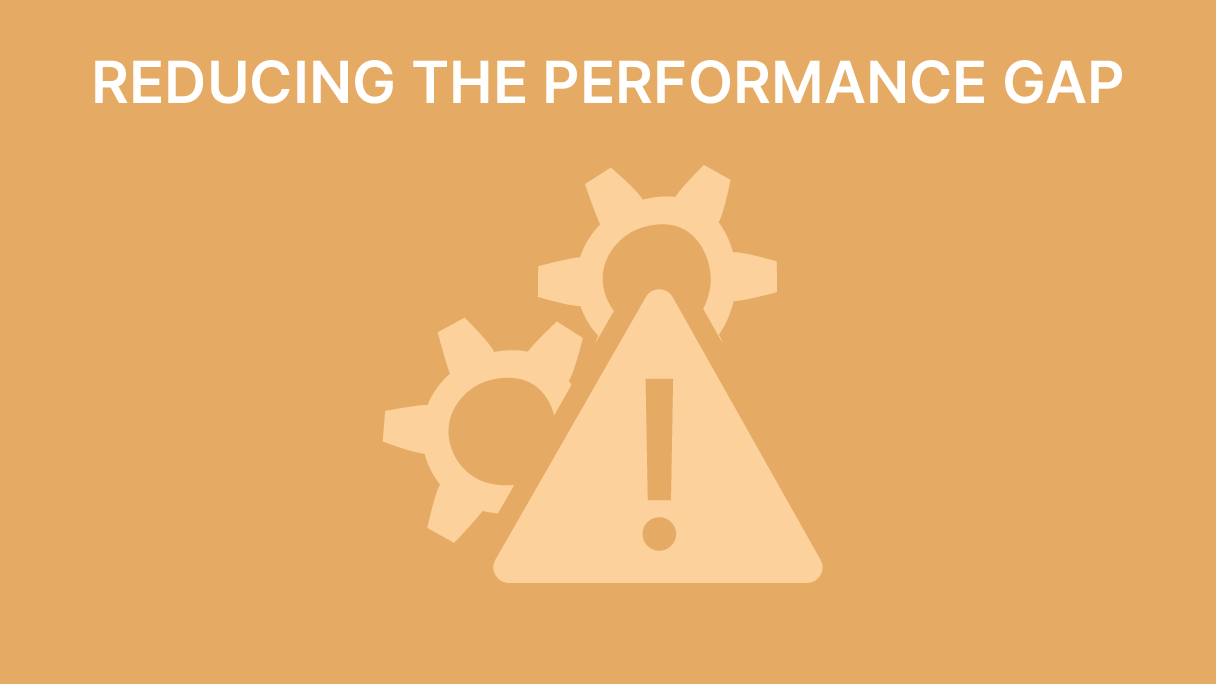Reducing the Performance Gap
PERFORMANCE
Recorded by Sofie Pelsmakers, images by Essi Nisonen
KEY READINGS
Usable Buildings Trust - https://www.usablebuildings.co.uk/
Housing Fit For Purpose: Performance, Feedback and Learning, Stevenson, F. RIBA
Energy, People Buildings: Making Sustainable Architecture Work, Kimpian, J., Hartman, H., Pelsmakers, S., RIBA Publishing
INSPIRATIONAL BUILT EXAMPLES
Architype, The Enterprise Centre, UK
Haworth Tomkins, Everyman theatre, UK
Feilden Clegg Bradley, National trust HQ, UK
REDUCING THE PERFORMANCE GAP
Designing for the climate emergency cannot be achieved on paper only. It must work in reality for the users, in terms of energy and other sustainability targets set out. With the growing urgency of the climate emergency, these underperforming buildings need to be rethought. Some solutions that you should consider in your design project to reduce the performance gap and that help you achieve your design goals in reality are:
• Integrated design, where sustainability and performance aspects are not added on, but integrated from the early stages of the design process through to in-use stages
• Use performance aspects to help define your project
• The more contextual information you gather early on, the more likely that you select suitable sustainable approaches and that the project will perform as intended.
• Validation of your design proposal (e.g. daylight studies, energy use studies, solar and wind studies, spatial studies but remember they are still predictions)
• Mapping performance risks; for example create a performance risk plan
• Work with users and key stakeholders, for example create a democratic design plan
• Evaluating if intended performance is met in reality

